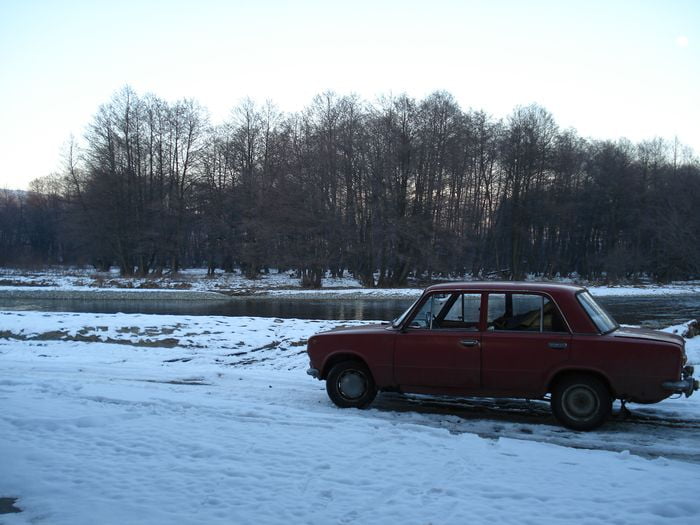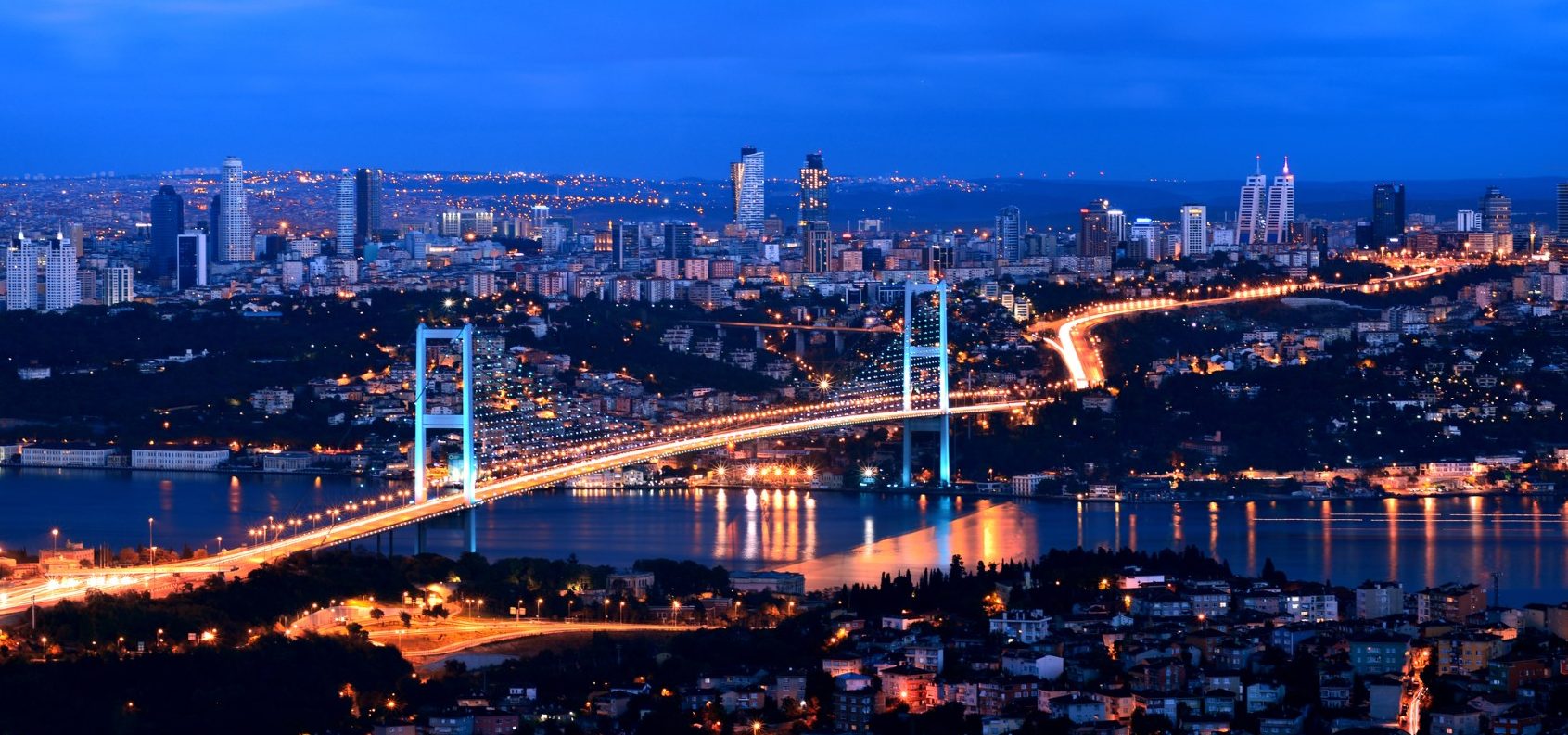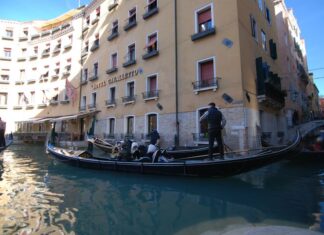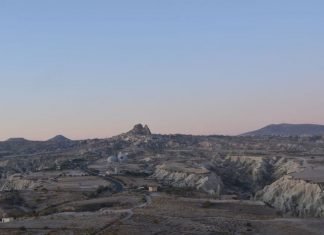From Patras to Corinth
A Journey Through the Currant Fields
A Scenic Journey Along the Gulf
The road from Patras to Corinth runs along the beautiful Gulf of Corinth. On...
Natural Wonders and Ancient Stories of Greece
The Cave from Homer’s Odyssey
Nearly every natural feature of Ithaca is mentioned in Homer’s Odyssey. Even a stalactite cave on the island matches the...
The Beauty and Mythology of the Ionian Islands
A Landscape Full of Legends
The Ionian Islands are not only known for their natural beauty and pleasant climate but also for the legends and...
Bulgarians dwelling places
The beginning stage of the development of any civilization depends on a range of factors and can continue for a long time but it...
Daily Lawlessness and Impunity
In discussions with local authorities regarding the rampant lawlessness occurring within their jurisdiction, the responses are deeply concerning. Often, officials will either deny that...
Systematic Violence and Oppression in the Region
The ongoing violence and oppression faced by the local population are alarming. Two men from Mishka approached us, sharing that there is not a...
The Aftermath of Destruction
Total Devastation
In the wake of recent events, the devastation in the village is staggering. There were once 700 houses here, yet not a single...
The First Church Dedicated to Virgin Mary
The First Church Dedicated to Virgin Mary and the World’s First Advertisement Hoard
The Double Churches, also known as the Consul Church, hold a distinctive...
The Magic of the Bosphorus
Necati Güngör’s compiled work, “Boğazın Büyüsü,” provides a literary perspective on the Bosphorus, allowing us to draw comparisons between its past and present.
The Bosphorus...














